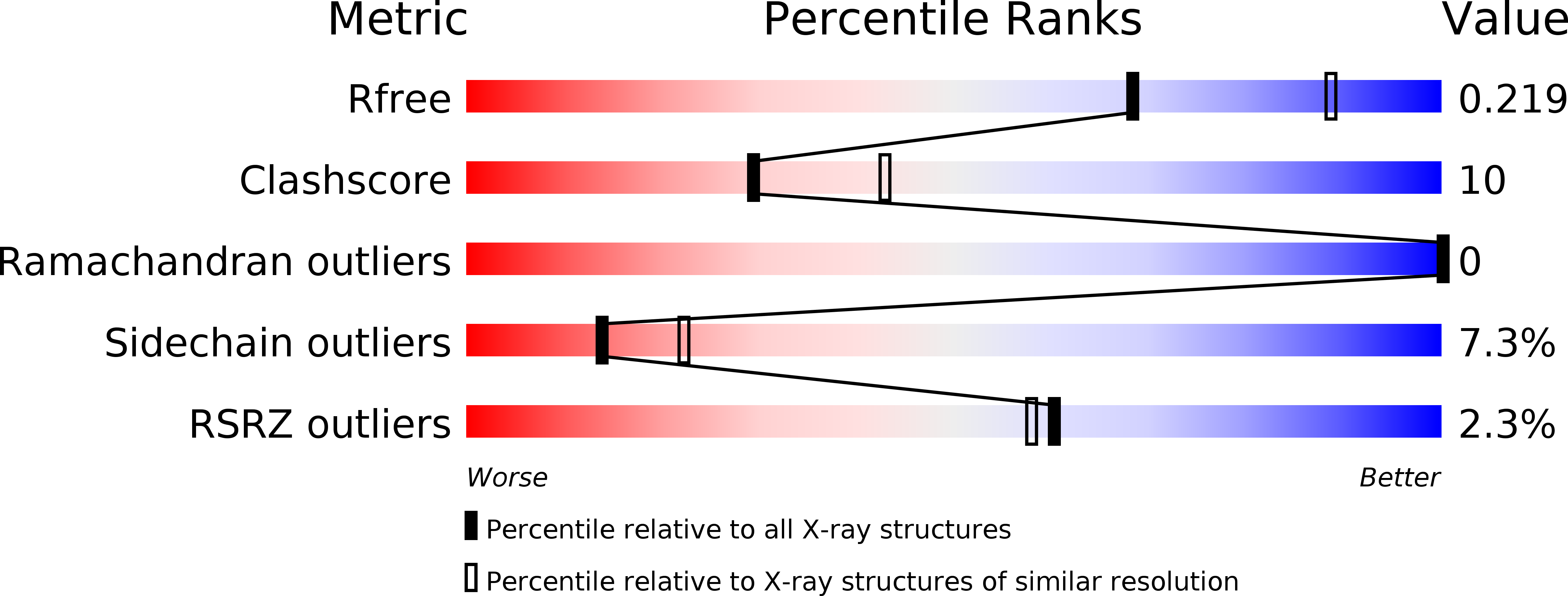
Deposition Date
2015-11-23
Release Date
2016-03-09
Last Version Date
2025-04-09
Entry Detail
PDB ID:
5EX3
Keywords:
Title:
Crystal structure of human SMYD3 in complex with a VEGFR1 peptide
Biological Source:
Source Organism:
Homo sapiens (Taxon ID: 9606)
Host Organism:
Method Details:
Experimental Method:
Resolution:
2.41 Å
R-Value Free:
0.22
R-Value Work:
0.18
R-Value Observed:
0.18
Space Group:
P 21 21 21


